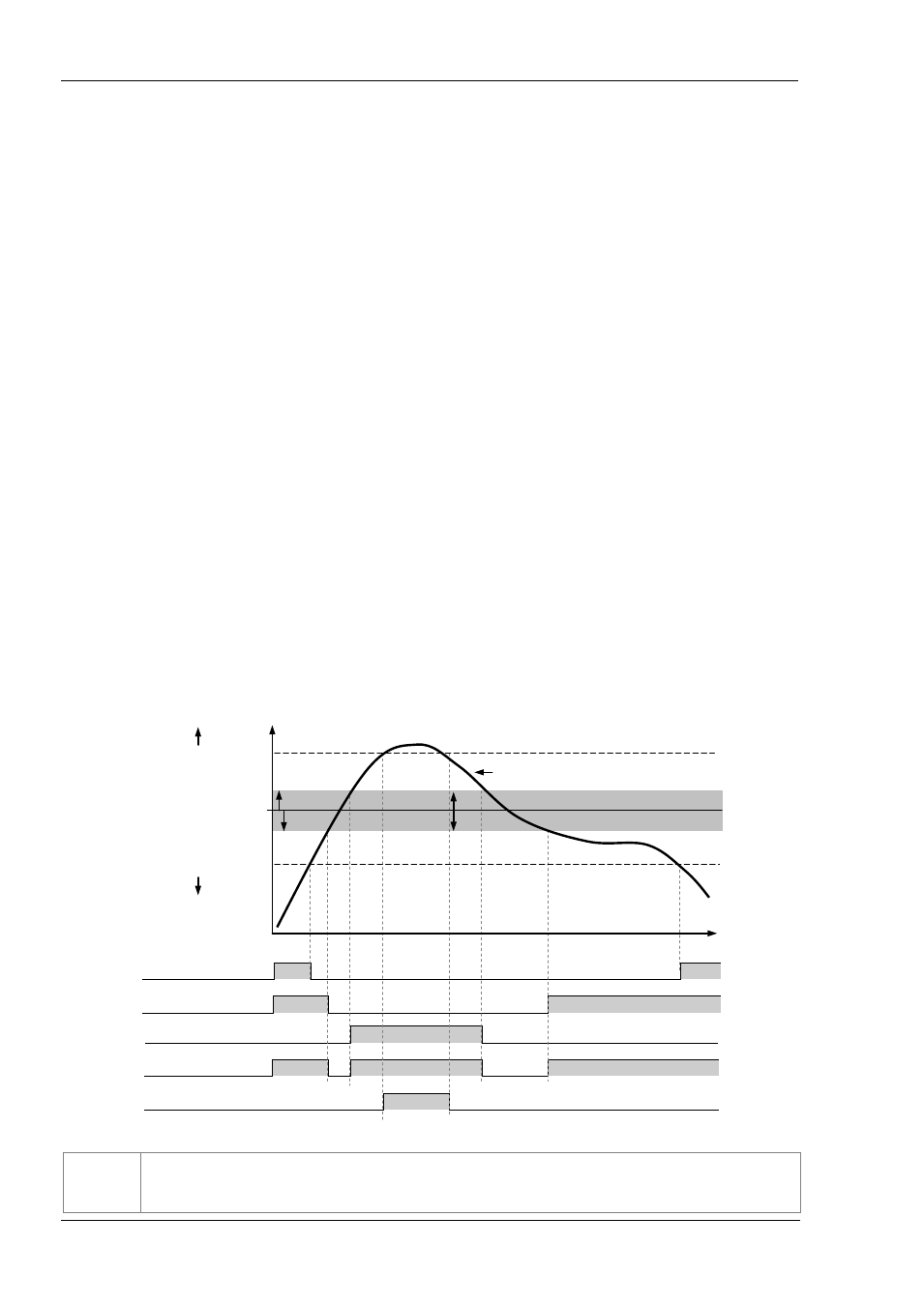Alarms, 1 types of alarm, Types of alarm – Super Systems 3 Series User Manual
Page 62

Operations Manual
Series 3
62
12. Alarms
Alarms are used to alert an operator when a pre-set level has been exceeded. They are indicated by a scrolling message on the
display and the red ALM beacon. They may also switch an output– usually a relay to allow external devices to be operated when
an alarm occurs. Alarms only operate if they have been ordered and configured.
Up to eight different alarms are available:
•
Alarm 1: configurable as full scale high or low, band or deviation high or low
•
Alarm 2: configurable as full scale high or low, band or deviation high or low
•
Alarm 3: configurable as full scale high or low, band or deviation high or low
•
Alarm 4: configurable as full scale high or low, band or deviation high or low
•
Sensor Fault alarm. An alarm condition - INPUT SENSOR BROKEN (S.br) is indicated if the sensor or the wiring between
sensor and controller becomes open circuit. the output level will adopt a ‘SAFE’ value which can be set up in Operator Level
2.
•
For a PRT input, sensor break is indicated if any one of the three wires is broken.
For mA input sensor break will not be detected due to the load resistor connected across the input terminals.
For Volts input sensor break may not be detected due to the potential divider network connected across the input terminals.
•
Loop Break alarm. Displayed as CONTROL LOOP BROKEN. This occurs if the controller does not detect a change in
process value following a change in output demand after a suitable delay time.
•
Current Transformer alarms – Leak, Load Fail, Overcurrent
•
Remote Fail Alarm This alarm operates on the remote setpoint input. If a value is not received after a period of 5 seconds,
then the Remote Fail Alarm is shown.
12.1
Types of Alarm
This section shows graphically the operation of different types of alarm used in the controller. The graphs show changes in
temperature plotted against time. (Hysteresis set to zero)
Full Scale Low
On
On
Deviation Low
On
On
Deviation High
On
Deviation Band
On
On
On
Full Scale High
On
Hysteresis Hysteresis is the difference between the point at which the alarm switches ‘ON’ and the point at which it
switches ‘OFF’. It is used to provide a definite indication of the alarm condition and to prevent alarm relay
chatter.
Time
Setpoint (SP)
Full Scale High
Full Scale Low
Deviation High
Deviation Low
Deviation
Band
PV
Temperature
Alarm Type
Output State